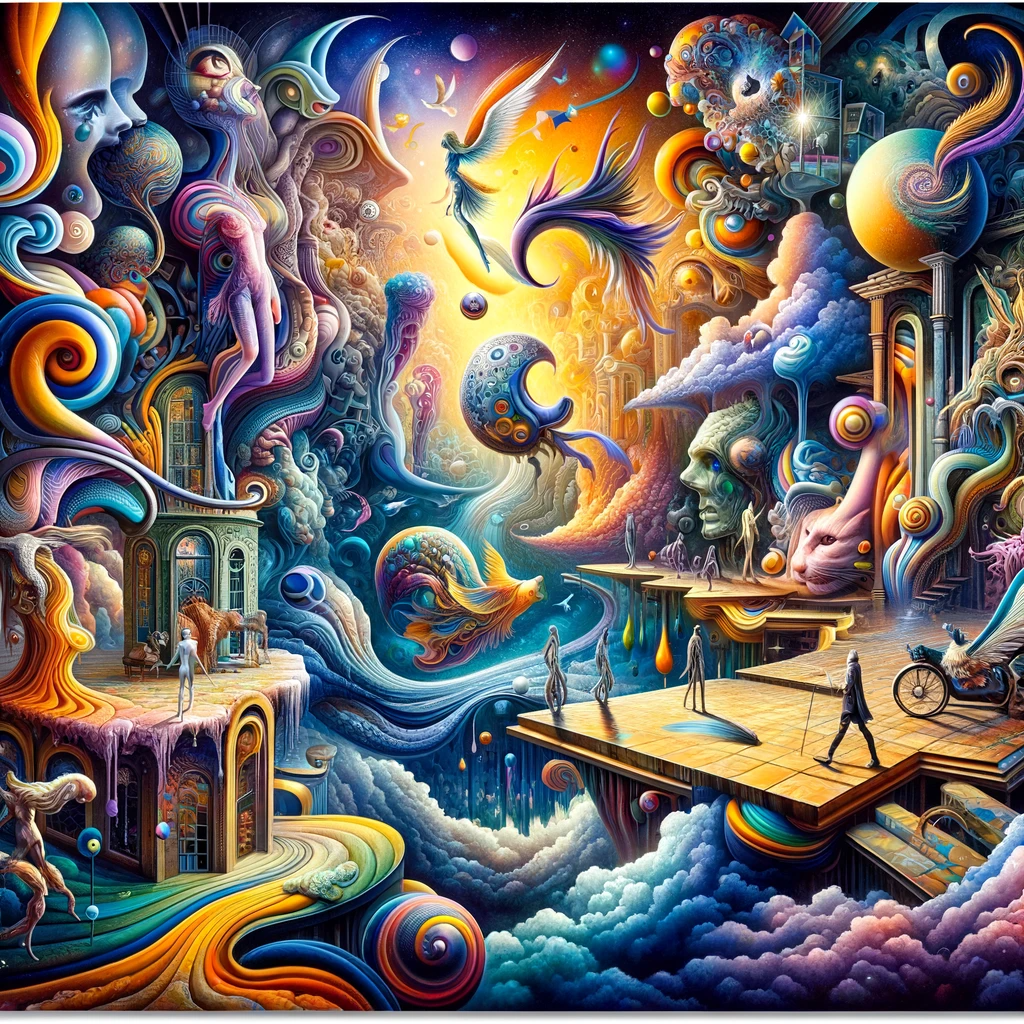When it comes to bending reality and presenting the impossible, few art movements match the impact of Surrealism. A radical shift from tradition, this 20th-century artistic and literary movement sought to unleash the creative potential of the subconscious mind. Renowned for its element of surprise and the juxtaposition of unexpected elements, Surrealism remains a fascinating exploration into the boundless realms of dreams, fantasy, and the irrational.
A Brief History of Surrealism
The Surrealism movement arose in the 1920s, inspired by the earlier Dada movement and the writings of Sigmund Freud, particularly his work on dreams and the subconscious. The term "Surrealism" was coined by poet Guillaume Apollinaire, but it was André Breton, a French writer and poet, who led the movement and wrote the first "Surrealist Manifesto" in 1924. He defined Surrealism as "pure psychic automatism," and its primary aim was to resolve the contradictory conditions of dream and reality.
Characteristics of Surrealist Art
Surrealist artworks often portray strange, dreamlike scenes where normal objects are juxtaposed or distorted in unexpected ways. This is done to challenge the viewer's preconceptions and stimulate their subconscious mind. To achieve this, Surrealists employed a variety of techniques, including automatism, frottage, and collage.
Automatism, where the artist suppresses conscious control over the making process, allows the unconscious mind to have great sway. Frottage involves rubbing a pencil or other drawing material over a textured surface. Collage, on the other hand, is a technique of composing a work of art by pasting on a single surface various materials not normally associated with one another.
Salvador Dali: The Icon of Surrealism
When thinking of Surrealism, it is impossible not to mention Salvador Dali, the flamboyant Spanish painter known for his technical skill and striking, bizarre images. Dali's works often included melting clocks, burning giraffes, and his own face in distorted form. His most iconic piece, "The Persistence of Memory," features soft, melting pocket watches, symbolizing the irrelevance of time in the dream state.
Dali's eccentric public persona, complete with his grandiose mustache, made him a cultural icon. His work continues to influence myriad artists, filmmakers, and designers and captivates audiences with its strange yet compelling allure.
The Impact of Surrealism
Surrealism played a significant role in redefining the purpose of art. Instead of merely representing the world or expressing the artist's emotions, Surrealist art aimed to reveal the hidden depths of the subconscious mind and explore the world of dreams and the irrational.
Surrealism's legacy is not confined to the visual arts; it also had a profound impact on literature, film, music, and philosophy. It was instrumental in shaping many later art movements, such as Abstract Expressionism and Pop Art.
In a world that often demands logic and order, Surrealism provides an escape into the limitless realm of dreams, fantasy, and the unconscious mind. It celebrates the unexpected and the irrational, reminding us of the vast landscapes of creativity and imagination that lie beneath the surface of reality.
